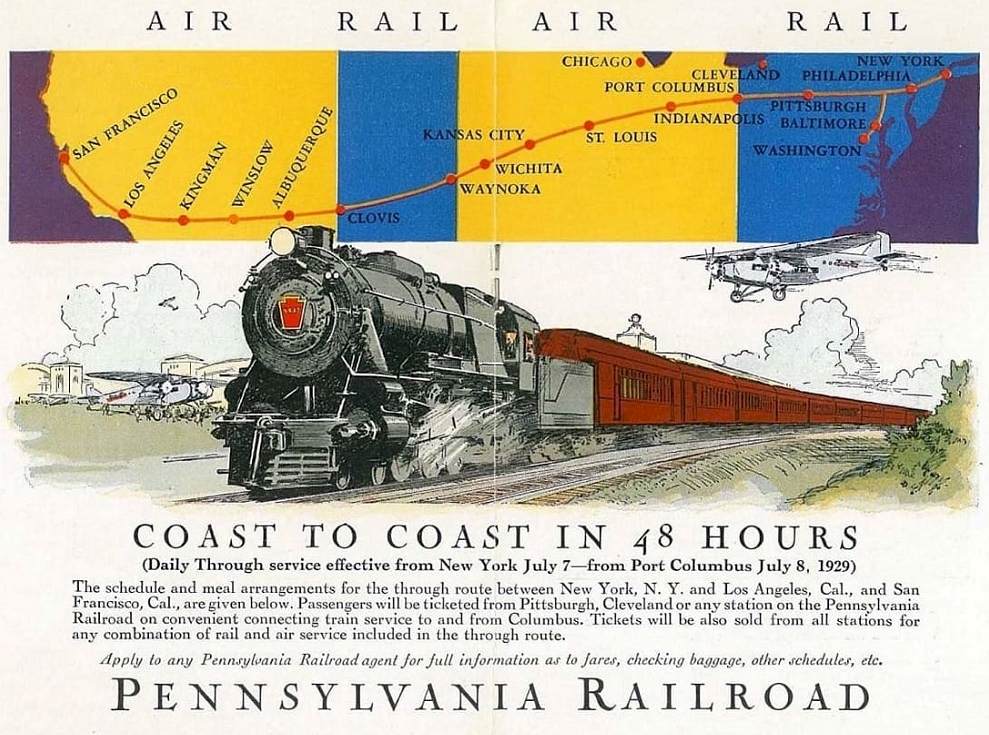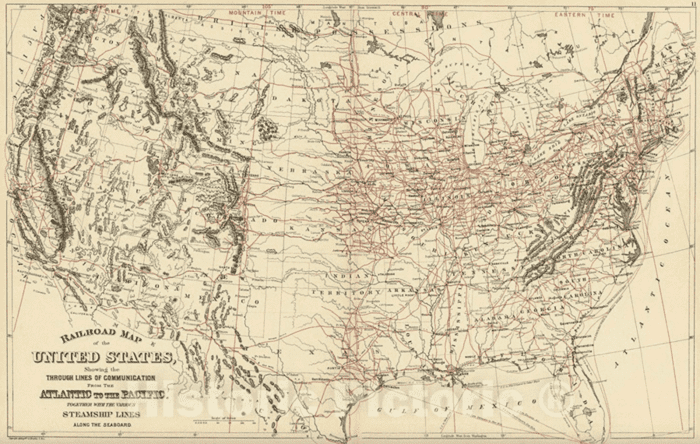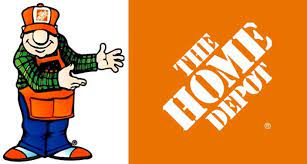Railroads in United States
Laid out in 1827 and opened in 1830, the Baltimore and Ohio Railroad (B&O) was the first common freight railroad and the first railroad open to the public in the United States. Initially, the B&O served the Maryland region and gradually extended in the 1830s to Washington, DC, Virginia, and West Virginia along the Ohio River. In the decades following its creation, the B&O grew to cover large swaths of the Northeast and Midwest, becoming one of the largest railroads of the 19th century along with others such as the Pennsylvania Railroad and the Union Pacific.

The Private Sector and the Railways
In the middle of the 19th century many other companies soon followed the B&O and laid more miles of track and expanded capacity for the transportation of goods and people. Although American railroads of the past often received grant money and land from the government, the United States railroad industry developed and grew almost entirely from a private sector. In Europe, the government often nationalized and took away direct control of the railways.
A confluence of factors helped drive tremendous growth in the US railroad sector during the 19th century. The development of the train required steam engine powered trains. Also, the industrial revolution and relative explosion in manufacturing needed movement of raw materials and finished products. The fledgling railroads were in competition with bygone canals like the Erie Canal for the highly lucrative business of freight transportation. However, the railways were much more efficient than the canals for transportation reasons and also dominated the landscape.

The First Transcontinental Railroad: 1862-1869
In the midst of the Civil War, the Union recognized the railroads that transported goods and troops as important. The government also recognized the importance for the commercial future after the war. In 1862, the country was in economic crisis, but abundant in land. In 1862, Congress and President Lincoln signed the Pacific Railroad Act.
Unite the coasts, East and West
The government issued loans and the law laid out the Central Pacific Railroad in Sacramento, California and the Union Pacific Railroad in Omaha, Nebraska. The law stimulated to join each other. The Pacific Center was built on the east and the Pacific Union was built on the west. The railroads were granted ownership of the land their tracks ran through, as well as sections of adjoining acres for whatever purpose they wished (land speculation could be lucrative). There, both corporations had a strong financial incentive to lay as much track humanly possible.
White workers were paid more than Chinese workers and white workers were preferred to take management positions over Chinese workers. Working conditions were terrible. Aside from the long hours and hard work, many workers died as a result of explosions that blew up between mountains such as the California Sierra Nevada.
Promontory
On May 10, 1869, the Central Pacific and Union Pacific met and connected at Promontory, Utah (north of Salt Lake). Tracks were found 690 miles east of Sacramento and 1,086 miles west of Omaha.
Coast to Coast Travel
With this new form of communication, Travelers from the East Coast would never again have to travel by ship under South America (Strait of Magellan). Or take the physically harrowing trek across the Isthmus of Panama to reach the West Coast. It was something revolutionary. It was only surpassed in 1929 when the first combined plane and rail trip was made.
What is the history of railroads in the United States of America?
The history of railroads in the United States of America dates back to the early 19th century when the first railroads were built for industrial use. The Baltimore and Ohio Railroad, which opened in 1827, was the first commercial railroad in the United States, transporting both goods and passengers.
In the following decades, railroads became a crucial part of America’s economy, connecting cities and towns, transporting goods and people, and opening up new areas of the country for settlement and development. By the 1850s, railroads had expanded westward, and in 1869 the first transcontinental railroad was completed, linking the east coast with the west coast and dramatically reducing the time it took to travel between the two coasts.
What is the history of railroads During the U.S. Civil War?
During the Civil War, railroads played a critical role in the transportation of troops and supplies. After the war, railroads continued to grow, and by the turn of the 20th century, they had created a transportation network of more than 200,000 miles.
Railroads also had a significant impact on American culture. They inspired songs, such as “I’ve Been Working on the Railroad” and “The Wabash Cannonball,” and were the subject of literature and art. Railroads made it possible for people to travel across the country, see new places, and experience different cultures.
However, the rise of railroads also brought challenges, including the exploitation of railroad workers and the monopolization of the industry by a few large companies. In response, the federal government passed a series of laws to regulate the industry and protect workers, including the Interstate Commerce Act of 1887.
By the mid-20th century, railroads began to decline in popularity as the use of cars and airplanes increased. Today, railroads remain an essential part of America’s transportation infrastructure, with freight railroads transporting goods across the country and passenger rail services operating in some regions.
Historic Trains Today
- Oregon Scenic Railroad
- Jacobite Train
- Amazing Tourist Trains
- Virginia & Truckee Railroad
- Wilmington Western Railroad
- Durango & Silverton Scenic
- Georgetown Loop Railroad







